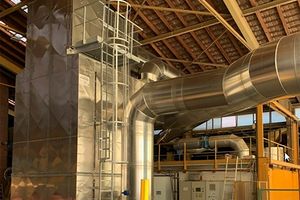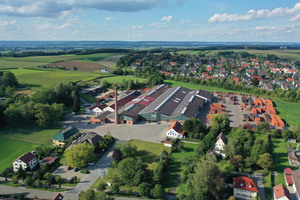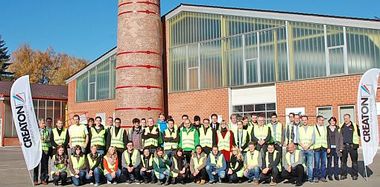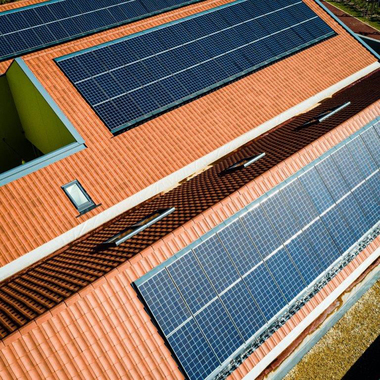Aiming for more sustainable production: conversions at Creaton plants in Wertingen and Roggden
As Creaton GmbH announced in a press release at the end of September, the steep roof supplier has recently carried out extensive renovations at the Wertingen and Roggden plants, thus increasing the efficiency and quality of production. At the same time, energy consumption and the use of resources have been significantly reduced. According to the company, this follows the principle of continuous improvement in reducing gas consumption and CO2 emissions on the way to more sustainability.
Lower consumption, higher quality
According to the company announcement, two new burner groups were installed in Roggden in burner groups 5 and 9 in order to further improve the product quality of the plain tiles produced there. With the new burner groups, energy could be introduced into the kiln in a more targeted manner, resulting in a more uniform temperature profile in the kiln cross-section.
Another measure was the integration of a heat exchanger to reduce the flue gas temperature. This will reduce gas consumption in the dryer by about 4 GWh per year, which is roughly equivalent to the gas consumption of 150 single-family homes. In addition, the company will reduce CO2 emissions by about 700 tonnes per year.
In June 2022, the company had completed its first version of its specially developed CO2 roadmap to achieve the goal of a sustainable and targeted reduction of CO2 emissions by 30 per cent in 2030.
Creaton makes regions fit for the future
“The investments serve to make the plants fit for the future,” says Jürgen Hartmann, responsible for production in the Creaton management. “At the same time, they are a clear sign for the development of our locations and thus strengthen the entire region.” The company’s declared goal, he says, is to bring the group’s economic and human performance into harmony with the environment and society. Therefore, Creaton GmbH has been running several initiatives with external partners for several years to promote energy efficiency, substitution of existing energy sources as well as the change of CO2.






